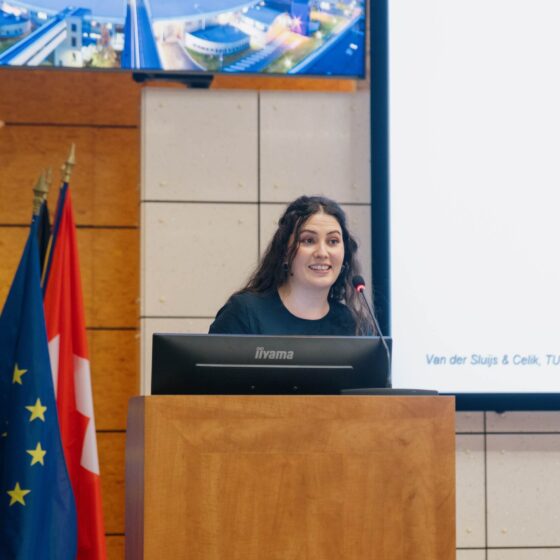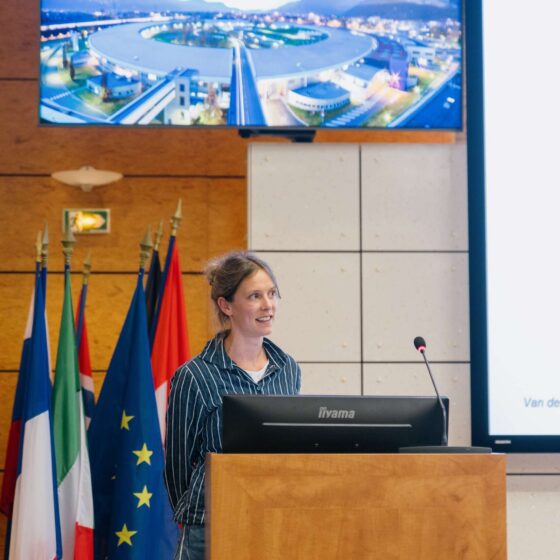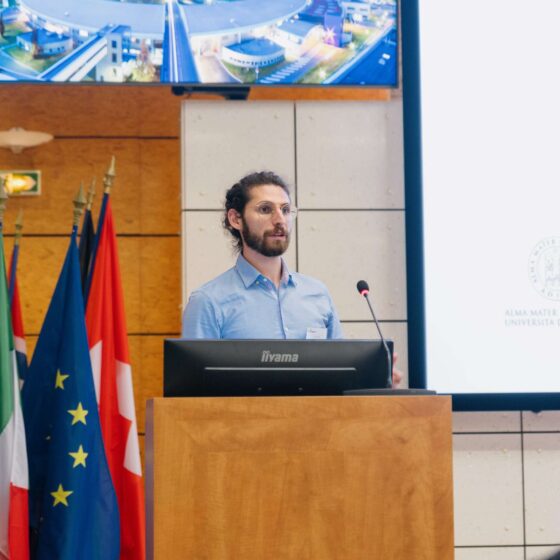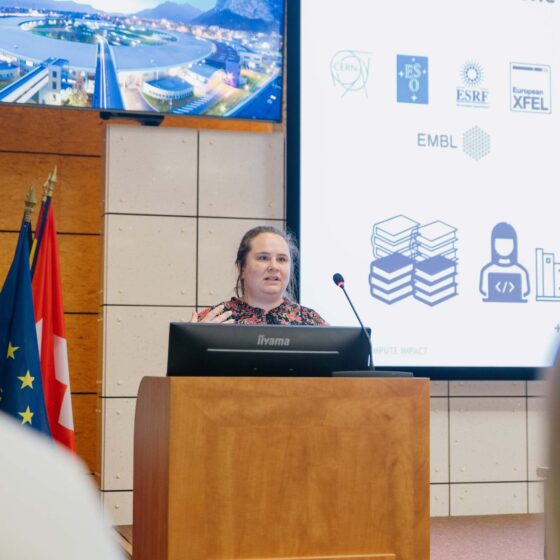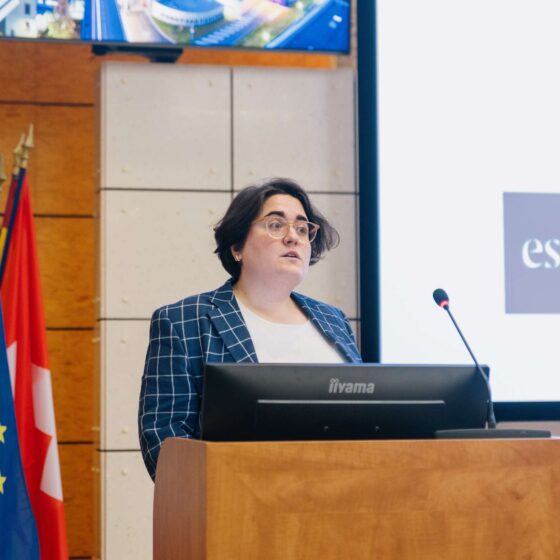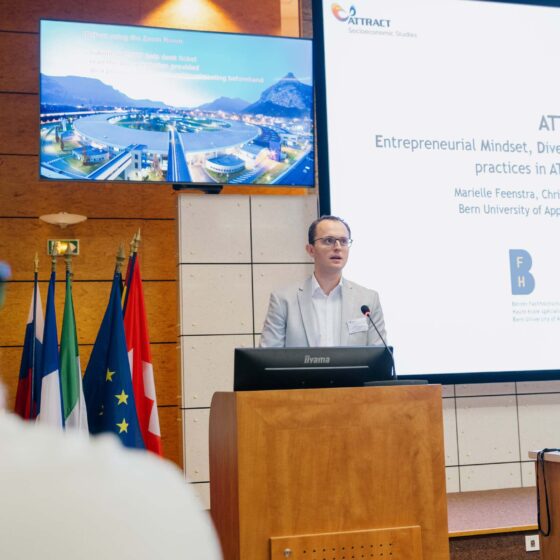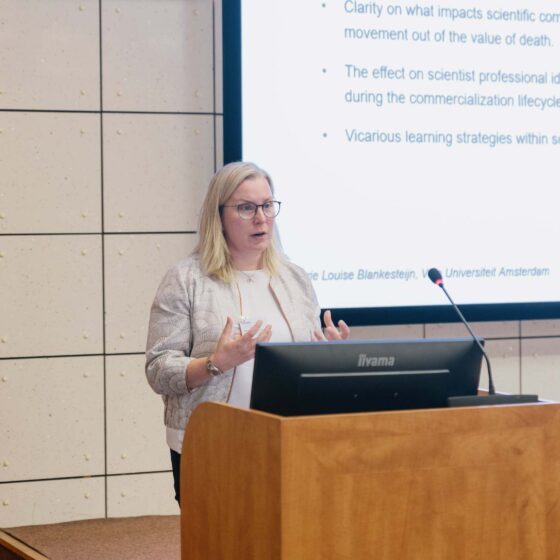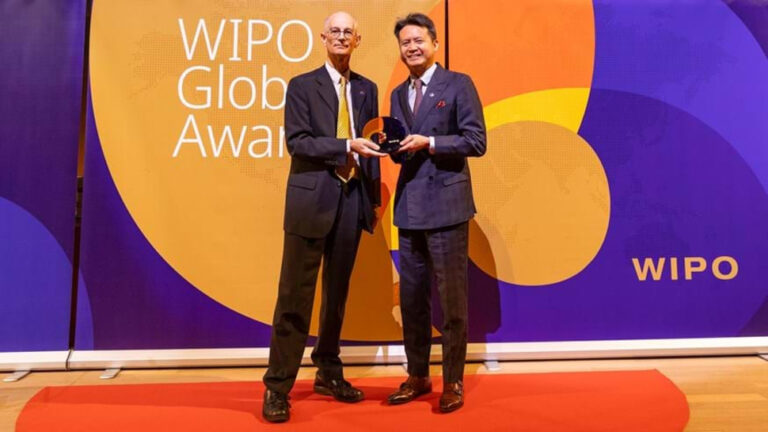ATTRACT serves as a catalyst for integrating science into society, transforming innovative ideas into concrete solutions for a better future. This initiative is a collaboration between major research infrastructures, industry leaders, and business experts, aiming to enhance people’s lives by developing new products, services, companies, and jobs.
Recently, the Pre-Final Conference was held at the European Synchrotron Radiation Facility (ESRF) in Grenoble, France, bringing together the 36 projects funded under ATTRACT phase 2. During the event’s second day, the Socio-Economic Studies (SES) projects had the opportunity to showcase their progress, facilitating discussions on different topics, including experimentation in science commercialization policy, networked innovation, Open Innovation education and psychological training, and entrepreneurship education, among others.
Get to know all the SES projects:
- ABC4E: it aims to enhance open innovation in science-driven projects through behavioural training based on Acceptance Commitment Therapy (ACT). By fostering psychological flexibility among scientists, the project aims to break down barriers to interdisciplinary collaboration and facilitate knowledge exchange. The project’s outcomes will inform the development of training programs for scientists and support European Research Institutes (ERI) managers in assessing and enhancing open innovation competencies, ultimately maximizing project success.
Main target: founding institutions as scientists with improved Psychological Flexibility are more likely to succeed in collaborative projects, Knowledge Transfer Office (KTO) and research managers through supporting material to replicate the training, and guidelines to engage researchers in the training.
Watch the project video here. - ATTRACT-EMDOI: it explores the influence of entrepreneurial mindsets, diversity within research teams, and open innovation practices on the commercialization success of breakthrough technologies. Through a mixed-methods approach, it examines the composition of ATTRACT phase 2 projects and conducts interviews to identify key factors affecting commercialization. Case studies and questionnaires further analyse the impact of mindset, team diversity, and ecosystem openness on overcoming the “valley of death” in technology development.
Importance: it aligns well with academic researchers’ and innovators’ prosocial motivation and induces discussions on the values and needs of end-users, among others.
Watch the project video here. - CASEIA: it focuses on comparative analysis to better understand how the support offered through ATTRACT phase 1 has led to impacts such as strengthened innovation ecosystems, commercial applications of innovation, skills development, and broader social goods. It aims to measure ATTRACT through three case studies as well as to develop a toolbox that allows them to measure the impact of big science beyond econometrics.
Importance: the interfaces between open science and open innovation should be expanded and further developed because Open Science is not only free access to publications and data, but it must also be a source for open innovation.
Watch the project video here. - COMPUTE IMPACT: it investigates how industrial partners benefit from European Research Infrastructure-Innovation Ecosystems’ (ERI-IE) computational tools and datasets, particularly in life sciences like bioinformatics. By focusing on initiatives such as AlphaFold under the European Molecular Biology Laboratory – European Bioinformatics Institute (EMBL-EBI), the study aims to understand and measure the specific value these Research Infrastructures (RIs) bring to industry.
Stakeholder impact: it will enhance the Entrepreneurial Ecosystem by encouraging scientists, preparing students, guiding industry, supporting policymakers and advancing Research Infrastructures.
Watch the project video here. - CORE: it explores the intricacies of European Research Infrastructure innovation ecosystems. Fundamentally, the project seeks to unravel how social connections and knowledge dissemination fuel effective collaboration, laying the groundwork for transformative innovation.
Importance: contribute insights into the effective identification of connections for technological and science-based innovation opportunities.
Watch the project video here. - ExSACT: it aims to simplify and optimize public investments in research and technology infrastructures while navigating state aid regulations. It focuses on improving industry-academia collaboration within the European Scientific Research Infrastructures (ERIs) by addressing complexities in intellectual property rights (IPR) transfer and funding allocation. By clarifying state aid rules and enhancing understanding of IPR management, the project seeks to streamline investment processes, encourage innovation, and facilitate the transition of technology from research to the economy.
Importance: improvement of management of intellectual property; raises awareness and understanding of state aid rules; develops and applies rules for valuation of intellectual property and for leasing/using research/technology infrastructure. - NEXT: the scientific method is essential for advancing knowledge, but its application to accelerating the progress and commercialisation of science is limited. Due to the lack of experimentation in this area, innovators and policymakers do not fully understand the most effective support mechanisms for research commercialisation. To optimize public investments in initiatives like ATTRACT, this project uses experimental methods to evaluate and improve science commercialisation initiatives, addressing this gap in innovation policy.
Importance: the outcomes might be important for policymakers to understand when experimentation is possible and can be requested to test, optimise or evaluate programmes they fund; practitioners, to provide direction so they can demonstrate the value of their programs through counterfactuals; among others.
Watch the project video here. - NEXTGEN-TECH-ED: it focuses on leveraging Science-based Entrepreneurship Education (SBEE) within European Scientific Research Infrastructures (ERIs) to foster knowledge circulation in innovation ecosystems. Through case studies at academic institutions and research projects like ATTRACT, it seeks to understand SBEE’s impact on entrepreneurial ecosystems and technology transfer. By investigating didactic principles and optimizing program outputs, the project aims to enhance the role of ERIs as entrepreneurial actors, fostering innovation and addressing societal challenges.
Importance: contributing to scholarly work by providing insights into how scientists commercialize breakthrough scientific innovation, providing insights into the unique challenges faced by scientists across the entrepreneurial ecosystem, and optimizing the transfer of knowledge through education, among others.
Watch the project video here.
Here are some pictures of the presentations:
For more information
Visit the ATTRACT showroom to see all the SES projects.

